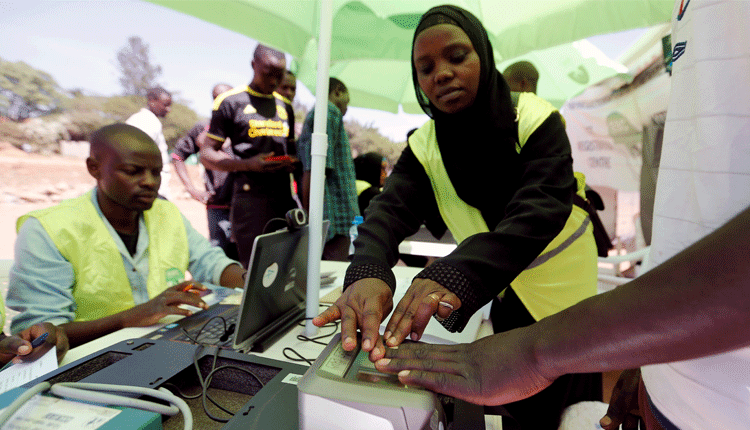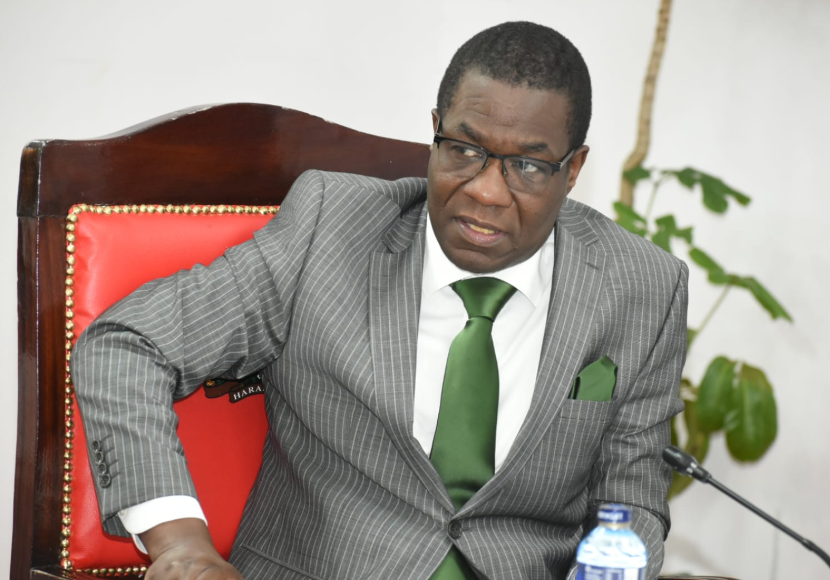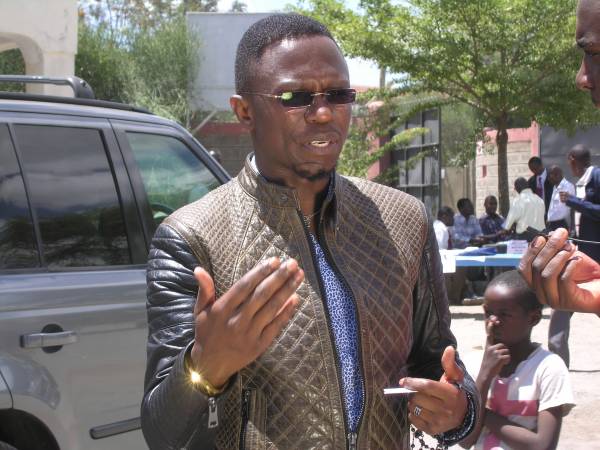Why this year’s election had a low voter turnout

This year’s General Election recorded one of the lowest turnouts since the reintroduction of multi-partism 30 years ago, with slightly more than 14 million Kenyans voting on Tuesday.
Records of the Independent Electoral and Boundaries Commission (IEBC) show there are 22.1 million eligible voters.
The preliminary figures presented by IEBC on Wednesday translate to 65.4 per cent turnout, way below what the country registered in the past two elections.
The only other time the country witnessed a lesser figure was in 2002 when the National Rainbow Coalition, led by former President Kibaki, swept to power after ousting Kanu, which had ruled Kenya since independence in 1963.
Only 57.2 per cent of eligible voters turned out in that election, although the numbers were enough to take Kibaki to State House.
Ten years before that, when the country held its first multiparty election in 1992, the turnout stood at 69.4 per cent.
And five years later in 1997, it was 66.7 per cent. During the fiercely contested 2007 polls, the turnout was 69 per cent.
New Constitution
And in 2013 when the country held its first General Election after passage of the 2010 Constitution, the turnout shot up to 86 per cent.
That fell to 79.5 per cent in 2017.
Yesterday, IEBC chairman Wafula Chebukati said the preliminary turnout was based on what the Kiems kits had recorded on the voting day. The kits were used to identify voters before they casted ballots and relayed the figures of those who successfully logged in on the polling day.
Chebukati said the figure did not include voters who were identified via the manual register after Kiems kits failed.
The IEBC authorised its officials in four constituencies to use the manual register after kits broke down on Tuesday.
The kits failed in 84 polling stations in Makueni, forcing the IEBC to resort to the manual roll. It was the same case in Kakamega county where manual registers were chosen in 154 polling centres spread across Matungu, Malava, Mumias East, and Mumias West.
On Monday, the Court of Appeal allowed the use of the manual register if the Kiems kit failed. “From the kits that transmitted the figures, the voter turnout was 65.4 per cent. This figure will go higher once we compute the verification of the votes in areas that used the manual register,” said Chebukati.
The low turnout has been linked to a number of factors, including lack of enthusiasm to vote owing to the absence of fresh faces in the contest for the presidency, high cost of living that could have prevented many from travelling to vote and postponement of polls for lower seats in some areas.
Also, elections did not take place in Kitui Central and Rongai constituencies because of wrong candidates’ pictures and erroneous details on the ballot papers.
Earlier, IEBC had revealed that it would not conduct elections for MP positions in Kacheliba and Pokot, following similar mix-ups in the ballot papers.
There were also no elections for the Kakamega and Mombasa governor’s race as the commission suspended them on Monday citing a mix-up in the names of those vying. Also, the commission suspended voting for MCA seats in Nyaki West Ward in North Imenti and Kwa Njenga in Embakasi South. By-elections for these seats will be done in the next two weeks.
On Friday, Azimio coalition warned that the postponement of governor elections in Mombasa and Kakamega might affect voter participation, saying the commission would commit electoral offences by suspending the polls.
Suppressing voters
In a statement, the coalition’s secretary, Junet Mohammed, claimed the counties “were known” to be Azimio strongholds and the suspension was aimed at suppressing voter turnout in those areas. “Suspension of gubernatorial elections is carefully mis-engineered to lower our voter turnout in these two counties and affect our imminent election victory. It is a deliberate act of voter suppression,” said Junet on Monday.
The commission defended their decision saying it was not deliberate, claiming the mistakes were committed during the printing of ballot papers in Greece.
Yesterday, Chebukati said the final turnout would be known once every has been verified and counted.
“The voter turnout is based on the verification of the kiems kits which were functional during the process of voting. We have areas the commission allowed the use of the manual register. We shall not be able to give you exact voter turnout until the data is transmitted in the results form and we compute the final voter turnout,” he said.












